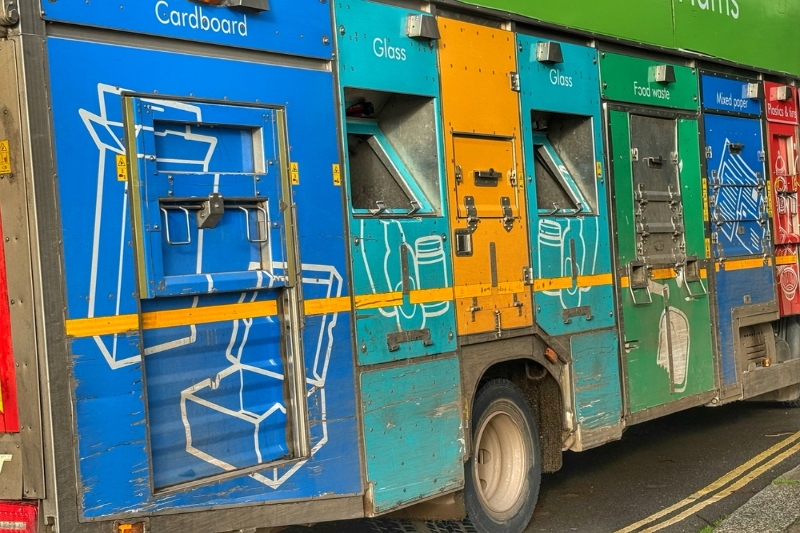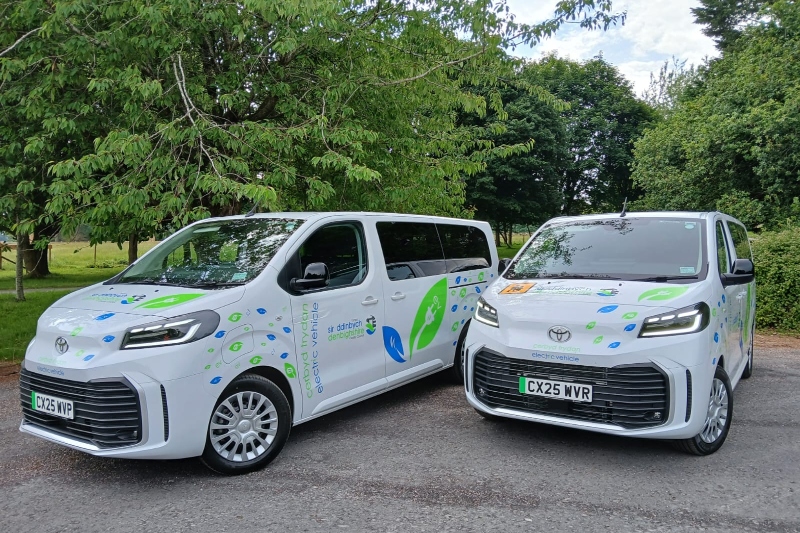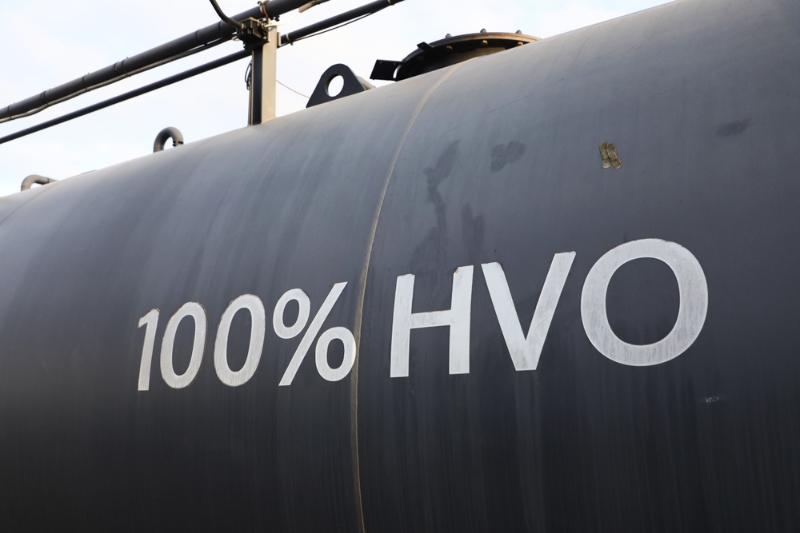A national trade body - British Compressed Gases Association (BCGA) - has produced a video setting out the value of ultra-low emission hydrogen powered vehicles for UK roads.
The BCGA's film highlights the range of benefits hydrogen fuel celled vehicles offer, including tackling air pollution, providing a comparable range and performance to combustion engine vehicles and needing no recharging.
Doug Thornton, chief executive of BCGA, said: 'Current discussions about green transport tend to centre around hybrid and battery electric options, with hydrogen powered vehicles largely under the radar.
'However, the substantial benefits associated with hydrogen vehicles in areas including air quality, competitive performance and convenience are starting to become increasingly recognised in the UK.
'They have a realistic driving range in excess of 400 miles, which is a major benefit for drivers looking to make longer journeys using alternative-fuel vehicles.
'The refuelling process is also very similar to traditional petrol and diesel engines at the pump, with no need for recharging points and infrastructure. Crucially, they also release no nitrogen oxides (NOx) and particulates, which is a problem associated with diesel cars.
'This means they can have a significant, positive impact on air quality, particularly in towns and cities, and help address the health issues associated with air pollution.
'As a result of these benefits, uptake of hydrogen fuelled cars has made significant progress across parts of the world, including mainland Europe, America and Japan. But despite the success of Hydrogen Fuel Cell Electric Vehicles (FCEVs) around the globe, a lack of refuelling opportunities nationally has hampered their introduction in the UK.
'The landscape is starting to change with initiatives including the Government's announcement earlier this year of a new £23 million fund to accelerate the take-up of hydrogen vehicles and roll out more cutting-edge infrastructure.
'We hope this video will help generate more interest in the issue and give insight for audiences including fleet companies, public transport and car-buying consumers who will be better informed to choose the vehicle which best suits their needs'







